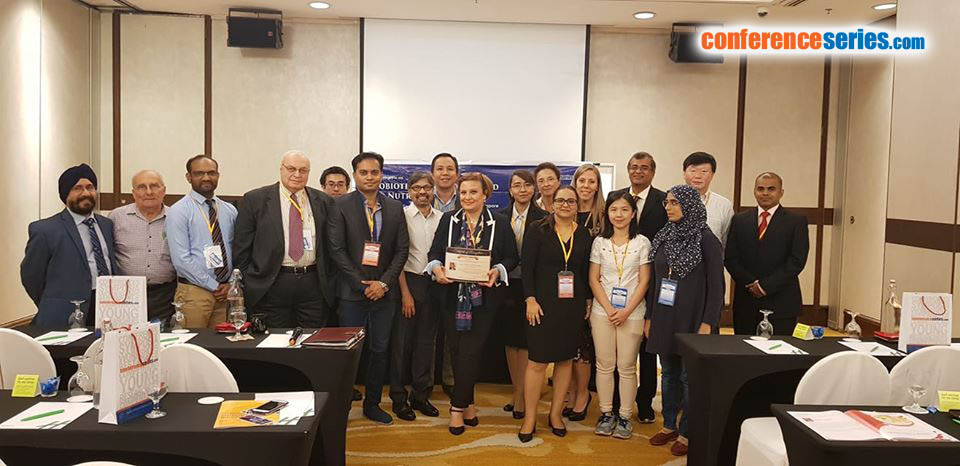
Debabrata Biswas
University of Maryland, USA
Title: Alteration of Campylobacter jejuni pathogenesis with linoleic acids over-producing Lactobacillus casei
Biography
Biography: Debabrata Biswas
Abstract
Problem Statement: Campylobacter is one of the most common causes of foodborne illness in the US and Europe. More than 90% of cases of campylobacteriosis are caused by Campylobacter jejuni (CJ). Poultry and poultry products are major sources of campylobacteriosis. Appropriate measure to reduce the colonization of CJ in chicken gut is required to control campylobacteriosis.
Approach: Recently, we found that in the presence of prebiotic-like components (peanut flour), production of metabolites specifically Linoleic Acid (LA) by Lactobacillus casei (LC) increased 100 folds and that higher concentration of LA could outcompete several enteric pathogens, including CJ. Therefore, we developed a genetically engineered LC strain by overexpressing linoleate isomerase (mcra, myosin cross-reactive antigen) gene and named as LC+mcra. We also verified the ability of LC+mcra to inhibit CJ growth, adhesion and invasion of chicken cells with or without natural poultry growth promoter, such as Berry Pomace Extracts (BPE).
Results: Both LC+mcra itself and its byproducts inhibited the growth of CJ more than 6 logs within 48 hours. We also found that LC+mcra and its byproducts reduced both adherence and invasion ability of CJ to the chicken macrophage (HD-11) and fibroblast (DF-1) cells, altered the expression of virulence genes (ciaB, cdtB, cadF, flaA and flab) and physiological properties (motility and hydrophobicity) of CJ. In mixed culture condition, LC+mcra with CJ in the presence of BPE amplified these effects including CJ growth inhibition (>3 log CFU/mL) and disrupting host cells-CJ interactions. Cell-Free Cultural Supernatant (CFCS) of LC+mcra in the presence of BPE also showed reduction of CJ growth, interaction of CJ with DF-1 and HD-11 cells and expression of multiple CJ virulence genes.
Conclusion: This finding indicates that BPE and LC+mcra in combination might be able to prevent colonization of CJ in poultry and reduce cross-contamination in poultry products that cause campylobacteriosis in human.



